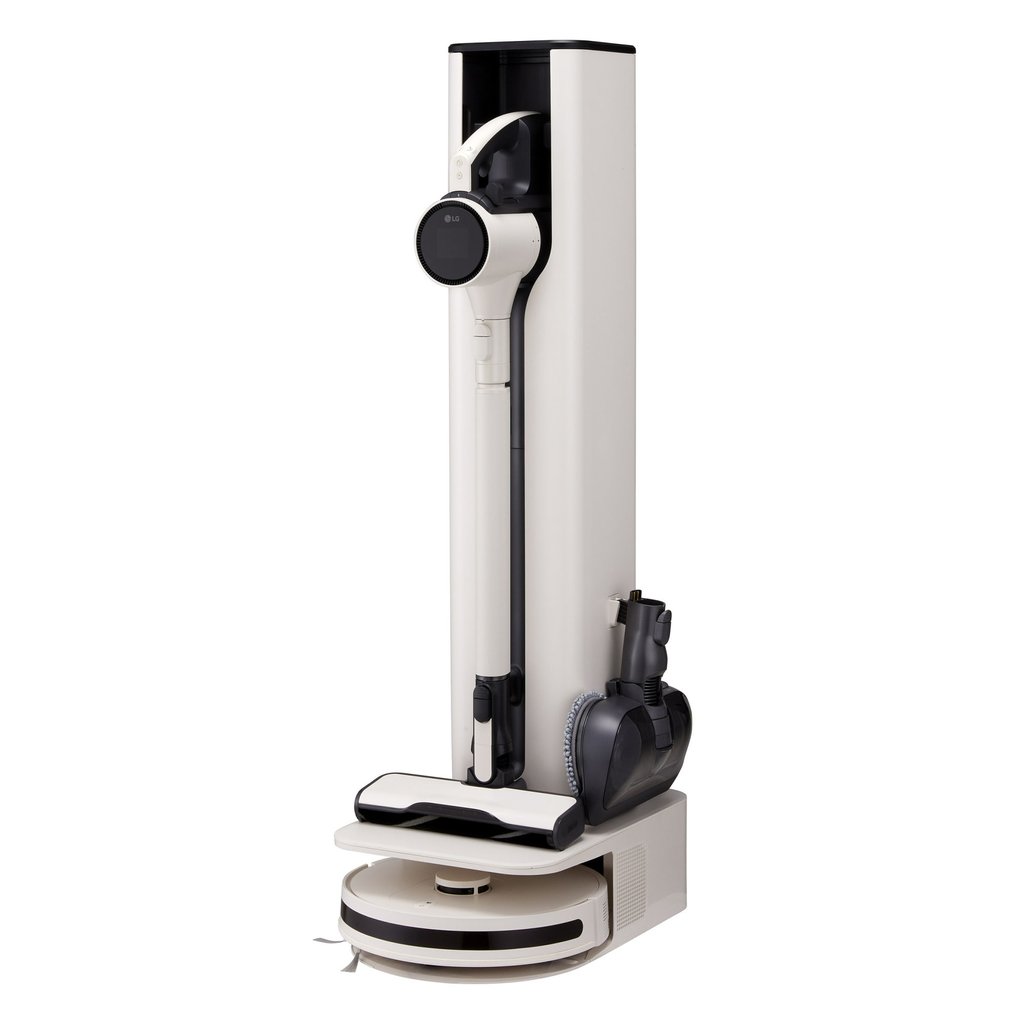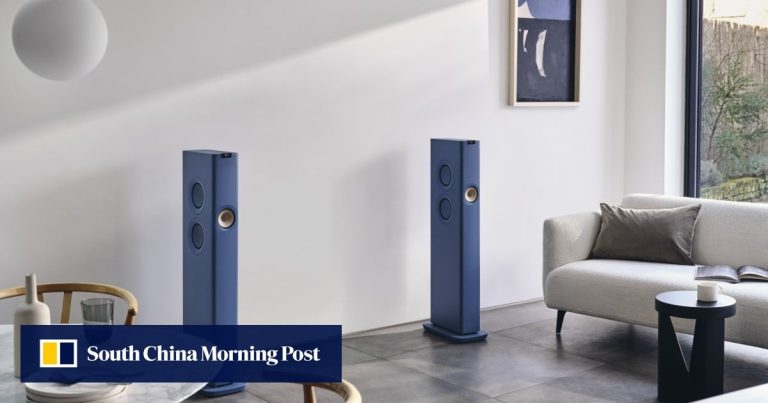The merger aims to create AI home solutions that better meet customer needs, with LG saying that Generative AI will be used to manage home appliances and IoT devices to create a personalized environment tailored to users' preferences.
By integrating Athom's capabilities with its interpretation of AI as “loving intelligence,” LG hopes to lead the way in AI-driven innovation for the home.
 The Internet of Things is rapidly becoming a reality, putting home devices at the fingertips of every family member.
The Internet of Things is rapidly becoming a reality, putting home devices at the fingertips of every family member.
The AI-powered ThinQ platform is already packed with features such as on-the-go control, smart notifications, smart diagnostics, and smart routines, and now it will offer even greater connectivity and intelligence.
“The acquisition of Atom will be the cornerstone of our AI home business,” said Chung Ki-hyun, executive vice president of LG Electronics and head of the brand's Platform Business Center.
“By leveraging the synergies between the two companies, we aim to expand our open ecosystem and external integration services to provide customers with a more diverse and multifaceted experience,” Chung said.
 LG's new CordZero is a space-saving vacuum solution that uses a 360-degree LIDAR sensor to map the area around your home.
LG's new CordZero is a space-saving vacuum solution that uses a 360-degree LIDAR sensor to map the area around your home.
LG's latest move to integrate Athom's smart home platform with its own AI technology marks another step in the company's transition from a hardware manufacturer to a software-based solutions provider.
Wireless capabilities have become an essential feature for many smart home devices and are crucial to leveraging LG's acquired AI capabilities. From vacuum cleaners to hi-fi systems, wireless technology enables seamless integration and control via smart home platforms and mobile apps.
For example, LG's new CordZero all-in-one tower vacuum features an automatic dust removal system and hands-free docking, while the accompanying roaming mop uses a 360-degree LiDAR sensor to map your home for a thorough clean. Both the vacuum and mop are LG ThinQ compatible, and cleaning modes can be controlled via Wi-Fi and a phone app, putting smart living and home hygiene at your fingertips.
 The Samsung SmartThings Hub is the network nerve center for all your home devices.
The Samsung SmartThings Hub is the network nerve center for all your home devices.
Smart Home Integration
South Korean technology giant Samsung Electronics is expanding its smart home control app. The SmartThings app connects devices built on the Matter protocol over Wi-Fi, regardless of brand. With the app, you can monitor security, adjust lighting, manage energy consumption with smart plugs, optimize wash cycles with washers and dryers, and more.
Similar to LG's move to integrate AI into its ThinQ app, two recent features in the Samsung app — AI Energy Mode and 3D Map View — are poised to boost AI capabilities in the home.
The former streamlines home management by transforming physical floor plans into virtual images within the SmartThings app, while the new 3D Map View leverages in-device spatial AI and LiDAR sensors to precisely map and visualize your home's layout. Similar technology underpins LG's CordZero.
 Samsung SmartThings 3D Map View is powered by Spatial AI
Samsung SmartThings 3D Map View is powered by Spatial AI
AI Energy Mode tracks the power consumption patterns of all your connected home appliances, including washers, dryers, air purifiers, air conditioners, kitchen appliances, etc., and can help you reduce energy usage by up to 7 percent, for example, based on your goal of how much you're willing to pay for your electricity bill.
Energy-saving features like these are increasingly appreciated by consumers. A key area to save on is cooling your home, where a simple ceiling fan can effectively supplement your air conditioner and reduce overall energy use.
 Elar Group manufactures elegant ceiling fans that are an economical alternative to air conditioning.
Elar Group manufactures elegant ceiling fans that are an economical alternative to air conditioning.
A typical high-efficiency central air conditioning system uses around 3,500 watts, but a ceiling fan uses only 50 watts, cooling a room by pushing cool air down and circulating hot air near the ceiling.
Modern fans come in a variety of styles and sizes, some with built-in lighting. Hong Kong's Elar Group sells a range of designer ceiling fans, while Doshisha's new Circulight model enhances lighting and airflow with selectable light temperatures from 3,000K to 6,500K. The company claims the fan offers 40% improved performance and is recommended by Japan's Agency for Natural Resources and Energy.
 KEF LS Wireless Series Speakers
KEF LS Wireless Series Speakers
Wireless Speakers
AI and smart home solutions can also be used for entertainment, with Kef's cutting-edge LS Wireless collection of speakers ensuring a high-fidelity audio experience throughout your home. These speakers are naturally underpinned by wireless technology and the company's in-house Music Integrity Engine, which uses algorithms to ensure the digital signal is reproduced uniformly across all connected Kef devices.
These connectivity solutions work in conjunction with Kef’s Single Apparent Source wireless system.
Traditional multi-room audio systems involve different types of speakers playing simultaneously, which can lead to clashing frequencies and an oversaturated, unpleasant listening experience. Kef's LS Wireless devices use single source technology, which means they don't interfere with each other when playing audio, resulting in a consistent listening experience throughout your home.
 KEF LS Wireless Series LS60 Titanium Grey
KEF LS Wireless Series LS60 Titanium Grey
The LS Wireless Collection includes four models: LS50 II, LS60, LSX II and LSX II LT, all designed for ease of use with plug-and-play capabilities and wireless streaming.
The LS60 Wireless needs to be placed on the floor, but the other models are compact enough to easily fit into small spaces in your home.

